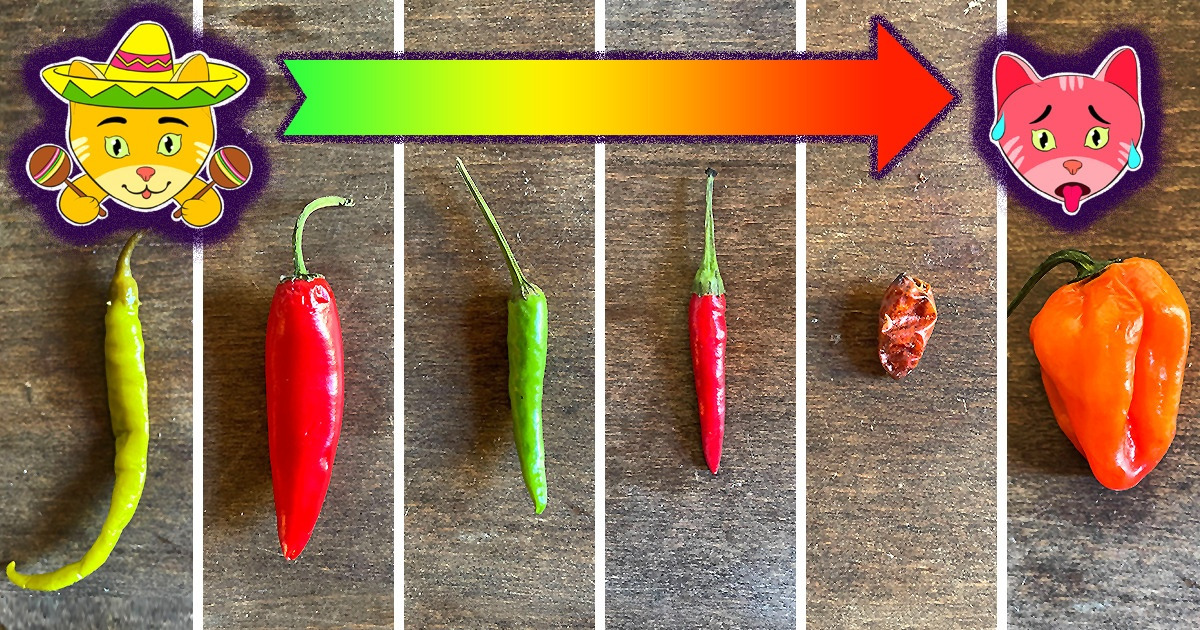
How to Use Chili Peppers Like a Pro

Chili peppers are an essential part of cuisines like Mexican, Indian, or Thai, among others. These spicy vegetables can benefit your health, as they are full of antioxidants, and can help you with weight loss. But it is necessary to get acquainted with them and cook them properly so you can get the best of them.
5-Minute Crafts will share a few tips with you on how to use hot peppers in your cuisine and give that authentic taste to your dishes.
1. Pick a good pepper.
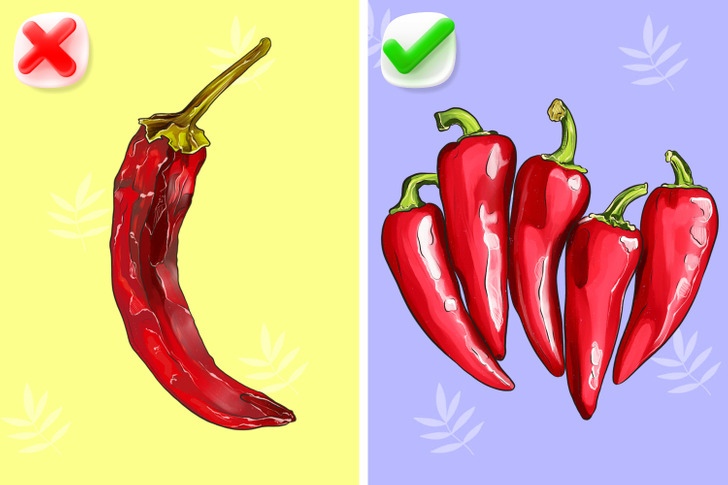
You can use chilis in 2 ways, fresh and dry. When selecting fresh ones, be sure to pick chilis with smooth skin and a deep, rich color. Fresh peppers should be firm and shiny. Avoid peppers that have cracks, bruises, or soft spots.
If you select peppers by size, you should keep in mind that the smaller peppers are usually hotter than the bigger ones.
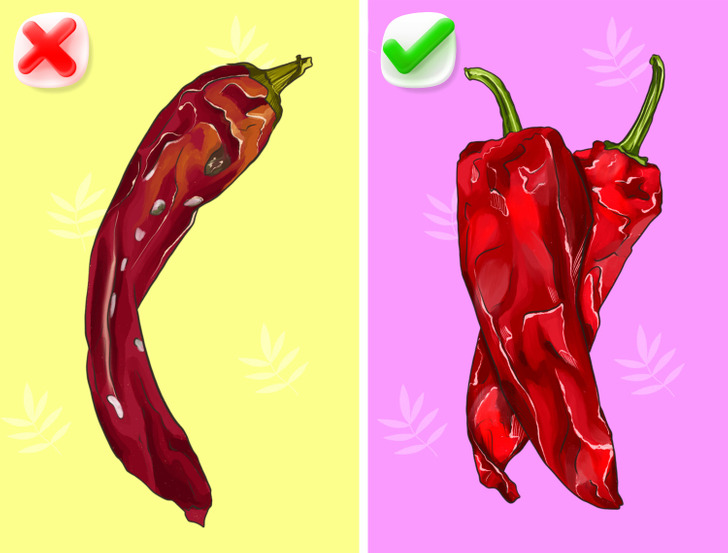
If you are looking for dried chili peppers, then there are 3 things that you need to remember: the peppers should feel flexible (not brittle), they need to be shiny, and they should have a slightly dried-fruit smell when you open the packaging. Don’t buy the dry chili with light patches on its skin, because that means that an insect or a fruit moth has probably gotten to it.
2. Choosing the pepper by its heat.

Hot peppers naturally contain capsaicin, a chemical compound that activates pain receptors on the tongue, which makes your brain think you’re being burned. There is a way we measure a chili pepper’s pungency and heat and it is called the Scoville Scale. The scale ranges from 0 (as in bell peppers) to over 3,000,000 Scoville Heat Units (SHU).
Let’s take a look at some of the most common chili peppers and how spicy they are:
- Banana Peppers (0 — 500 SHU)
- Poblano (1,000 — 2,000 SHU)
- Jalapeño (2,500 — 8,000 SHU)
- Cayenne (30,000 — 50,000 SHU)
- Thai Pepper (50,000 — 100,000 SHU)
- Habanero Peppers (100,000 — 350,000 SHU)
- Ghost Peppers (Bhut Jolokia) (1,000,000+ SHU)
- Brain Strain Peppers (1 Million — 1.25 Million SHU)
- Trinidad Moruga Scorpion Pepper (2,009,231 SHU)
- Carolina Reaper Chili Pepper (2.2 Million+ SHU)
3. Choose the flavor that you like.
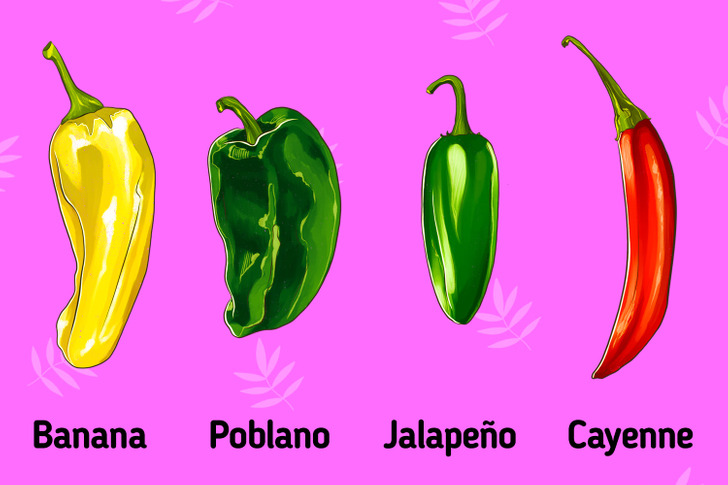
Hot peppers differ in taste too, not just in spiciness.
So, for example:
- Banana peppers have a mild, sweeter flavor than the rest of the chili family members and offer a small amount of heat, if at all. It goes nicely with food like pizza, salads, sandwiches, or stuffed meat and cheese.
- Poblano peppers are very popular in Mexico. They are mild with a usually very dark green color and they are often used for general cooking. You can also roast them or stuff them. Poblano peppers can be dried (when this happens their name changes to Ancho peppers) and fried with whipped eggs or used as an ingredient in salsa.
- Jalapeños are a bit spicier and can be served both green or red. Both are delicious, though the red ones have a sweeter flavor.
- Cayenne peppers are hotter and can be used in a variety of ways while making dishes, from sauces and salsas to omelets and stews. If you are a fan of hot chocolate, try adding a sprinkle of powdered cayenne for a spicy twist.
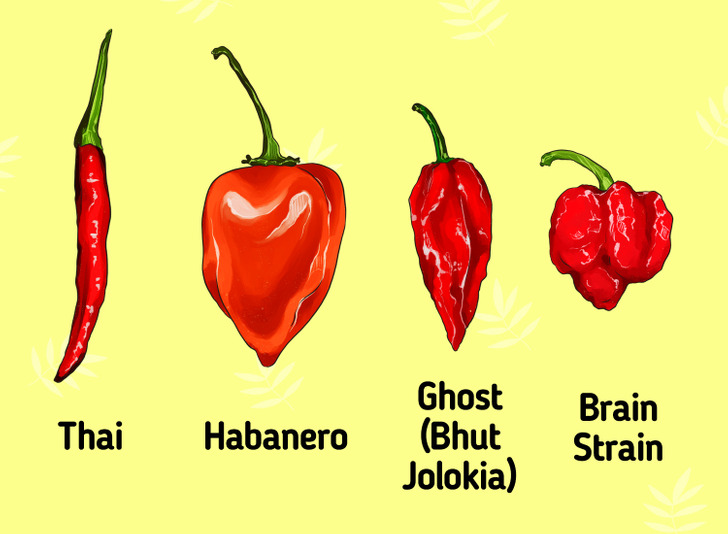
- Thai peppers are often dried and added to curry pastes which gives them their spiciness and attractive color.
- Habaneros have a fruity, flowery aroma with a bit of citrus finish (also very hot) and are great for making hot sauces and spicy salsas.
- Ghost peppers (Bhut Jolokia): the record holder in the Guinness Book of World Records as the world’s hottest pepper until 2010 has an intensely fruity and sweet chili flavor which makes them great for making salsas and hot sauces. You can also dry them and make them into a powder and add them to stews or chili pots.
The interesting thing about these peppers is that the heat doesn’t kick in right away — it takes about 30 to 45 seconds. The burning will escalate in the following 10 minutes and start to go away after 30-40 minutes. - Brain Strain peppers: you need only a speck of these extremely hot peppers for an entire pot of chili stew. It has a nice, smoky flavor but you should use them in very small amounts.
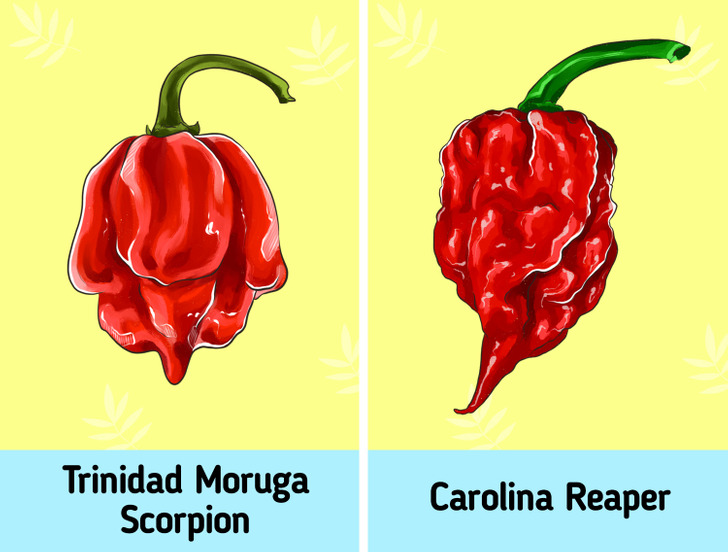
4. Prep your chili peppers (optional).
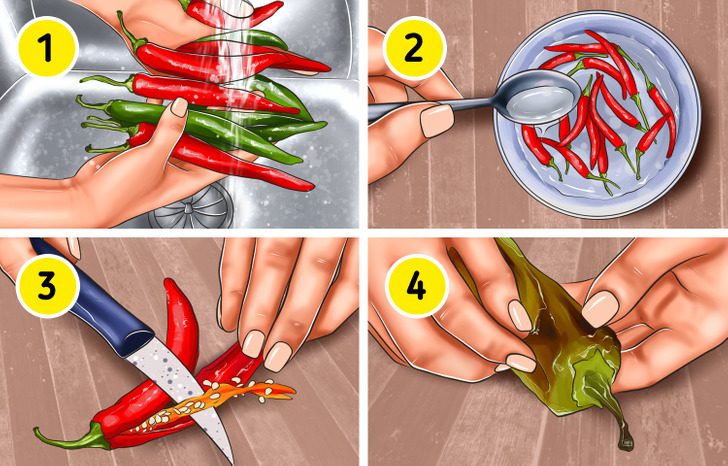
How you cut and prepare the chilies is important. First of all, be sure to protect your skin by wearing gloves and never touch your eyes when handling hot peppers. Also, the way you prepare the chilies can affect their spiciness.
- Rinsing with water: Water will rinse away a certain amount of the flavor and the heat if you put the cut pepper in water. If you are preparing roasted peppers then this isn’t the best way because it will take away the smoky taste that the pepper can pick up in the oven. Rinsing an uncut pepper will not have any effect on its spiciness, however.
- Vinegar and water solution: Prepare a mix of 1/4 vinegar and 3/4 water and let the peppers sit in it for an hour. You can cook the peppers in boiling water for a few minutes before putting them in the solution.
- Cut out the flesh, seeds, and veins: Capsaicin is mostly located in these parts. If you remove them, the meal will lose some of its spiciness. Also, scraping the inner layer part of the chili pepper will make it milder.
- Remove the thick skin: Most hot peppers have a layer of skin that should be removed before cooking. You can do this by roasting, frying, or charring.
Note: The longer you cook the chili peppers, the more the spicy flavor will intensify.
5. Chili combos in international cuisine
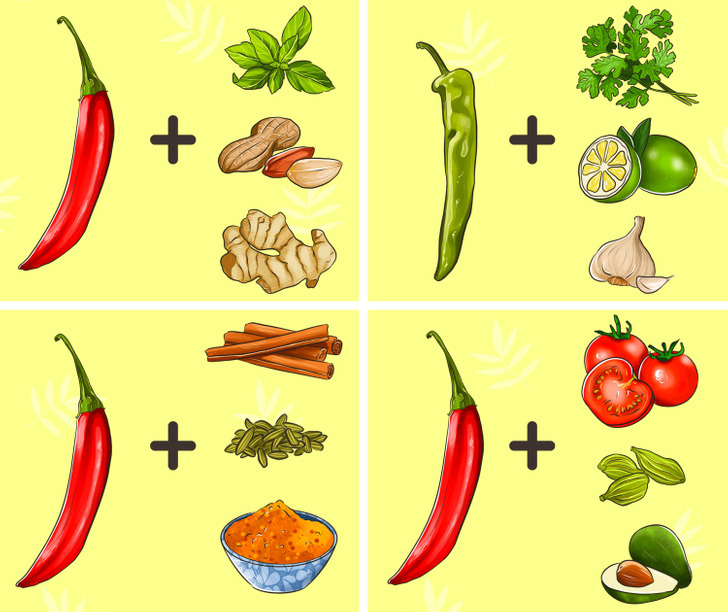
Many traditional cuisines around the world have found various ways to use chilies. You can also experiment in your kitchen and combine the hot peppers with other ingredients, like in:
- Thai cuisine: popular for its spicy shrimp soup, fried noodles, and many other dishes. You can pair the chilis and cook Thai dishes with these ingredients: basil, peanuts, lime juice, garlic, ginger, and coconut milk.
- Mexican cuisine: both fresh and dried chilies are equally used when cooking with other ingredients: cilantro, lime, onions, garlic, and black pepper.
- Indian cuisine: when eating Indian food, many people like to eat curry, which is a mix of green chili peppers and: cinnamon, mustard seeds, cumin, turmeric, onion, ginger, garlic, etc.
- Ethiopian cuisine: you can spice up these dishes with fresh green hot peppers or powdered chili accompanied with some other food like yogurt, tomatoes, onions, avocados, ginger, and cardamom.
Bonus: What to do if you’re not used to eating hot peppers.
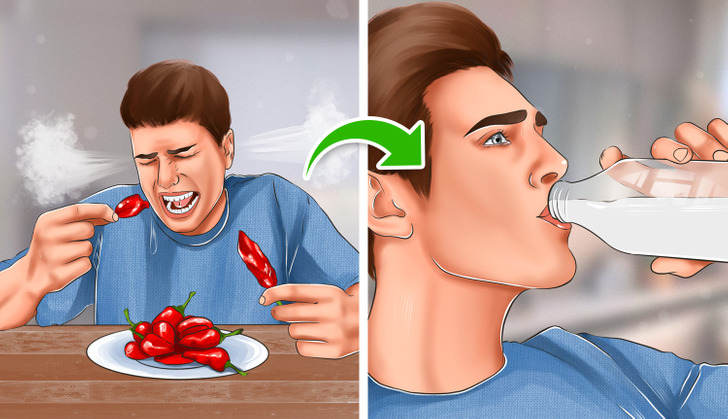
If you are not used to eating hot peppers, be sure to take it slowly and gradually adapt to this flavor. Chili peppers can’t do any physical damage to your body, but they can cause inflammation and gastric problems. If you have any intestinal burning, you can eat rice, beans, or bread to soothe the pain. Milk and yogurt will decrease the burning sensation on your tongue, but don’t drink water, as it will only intensify the heat.